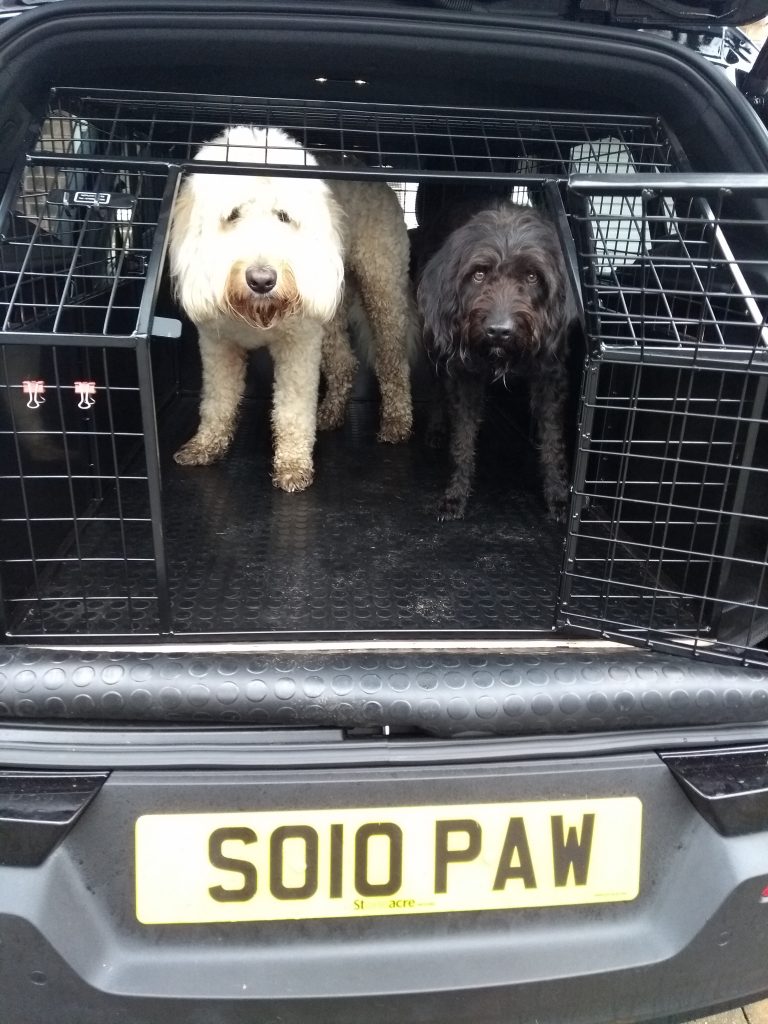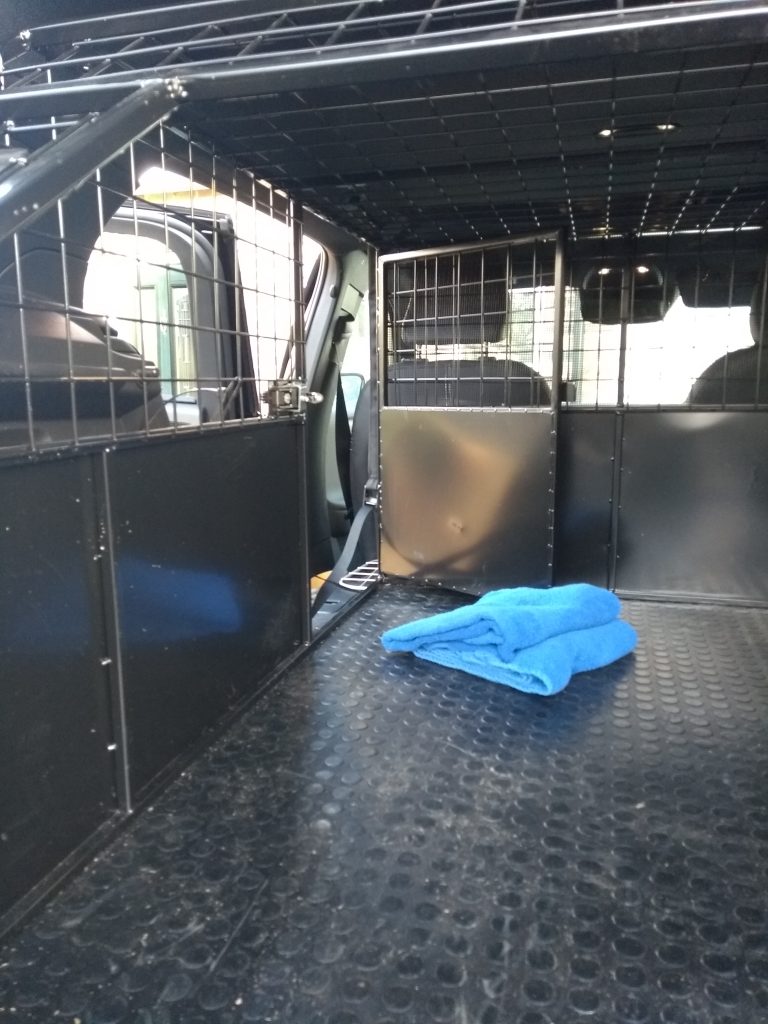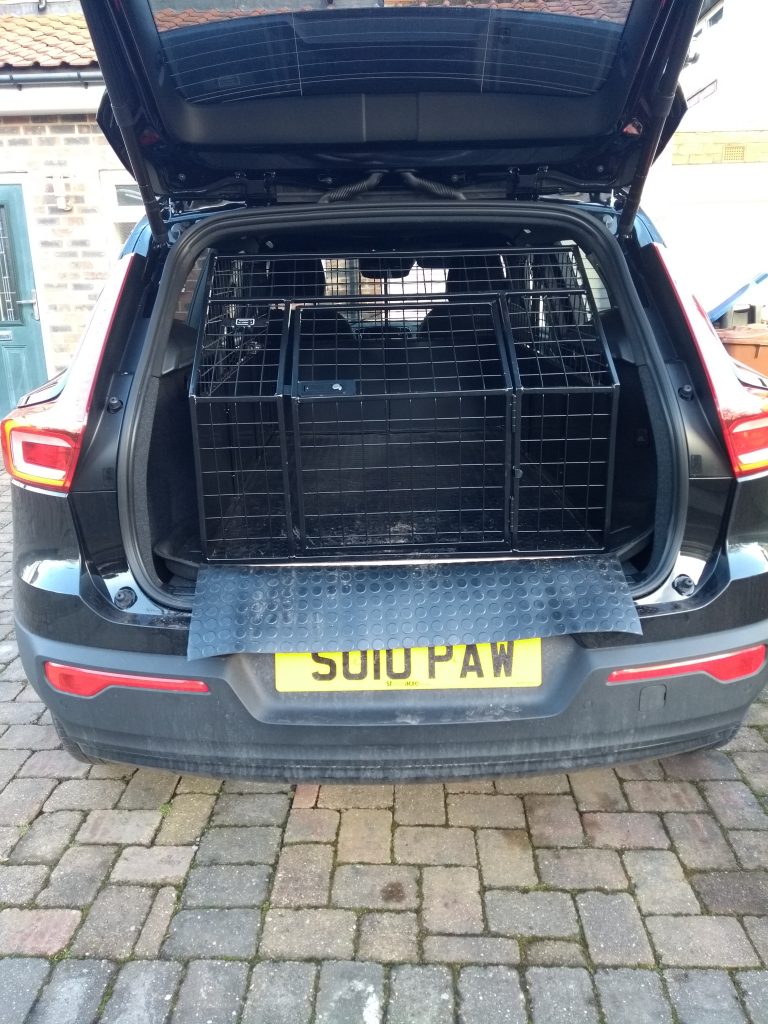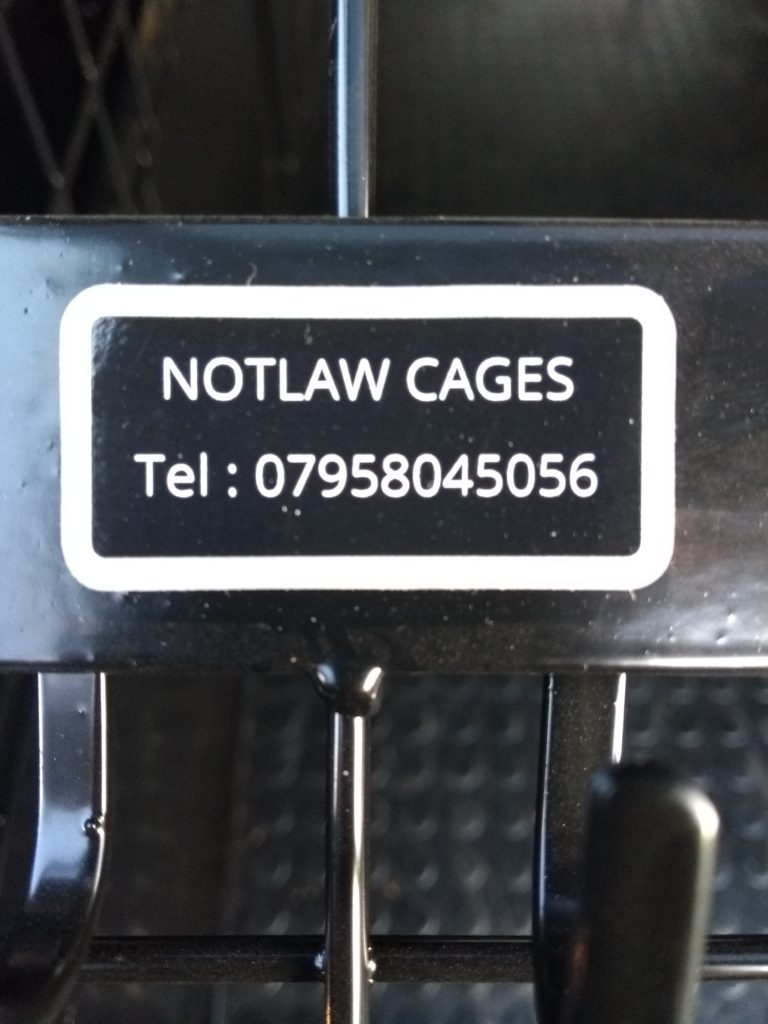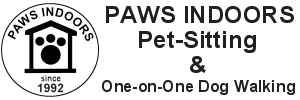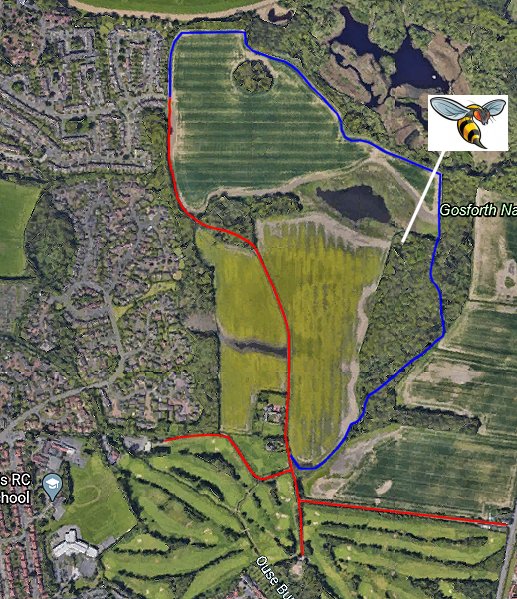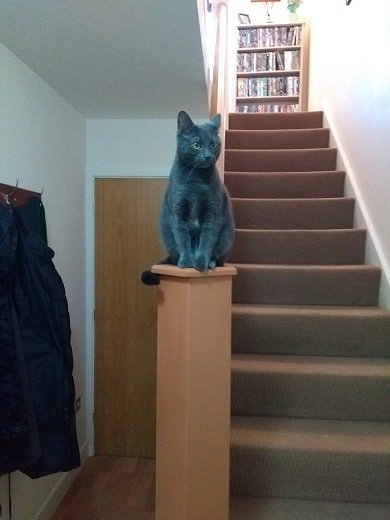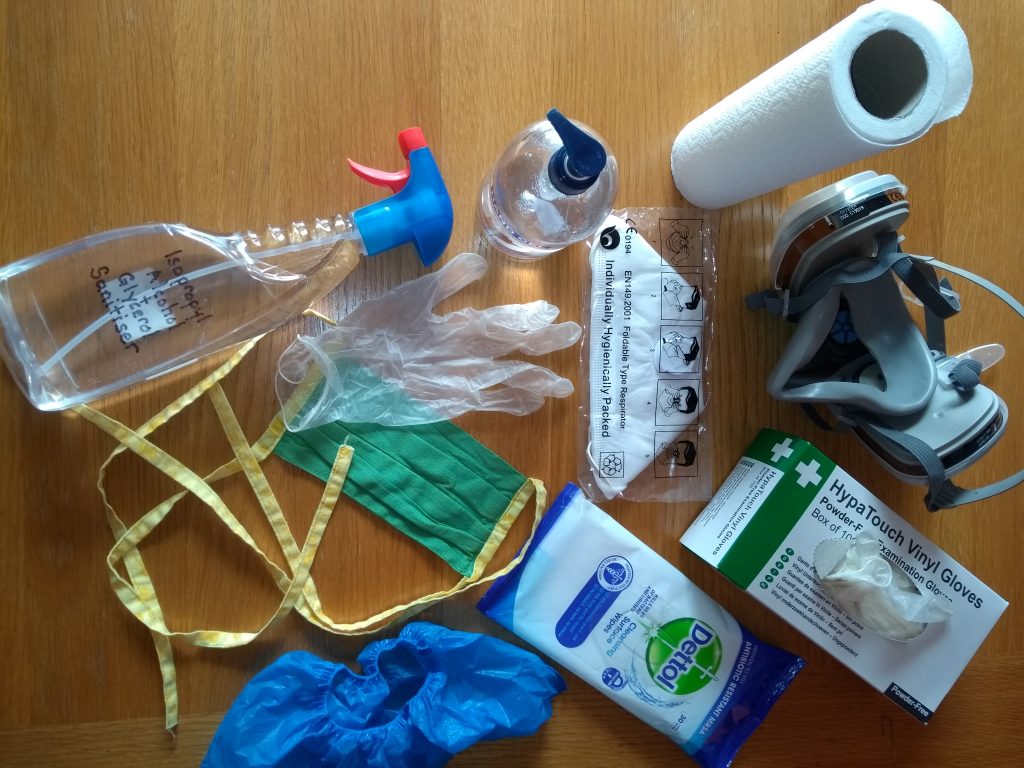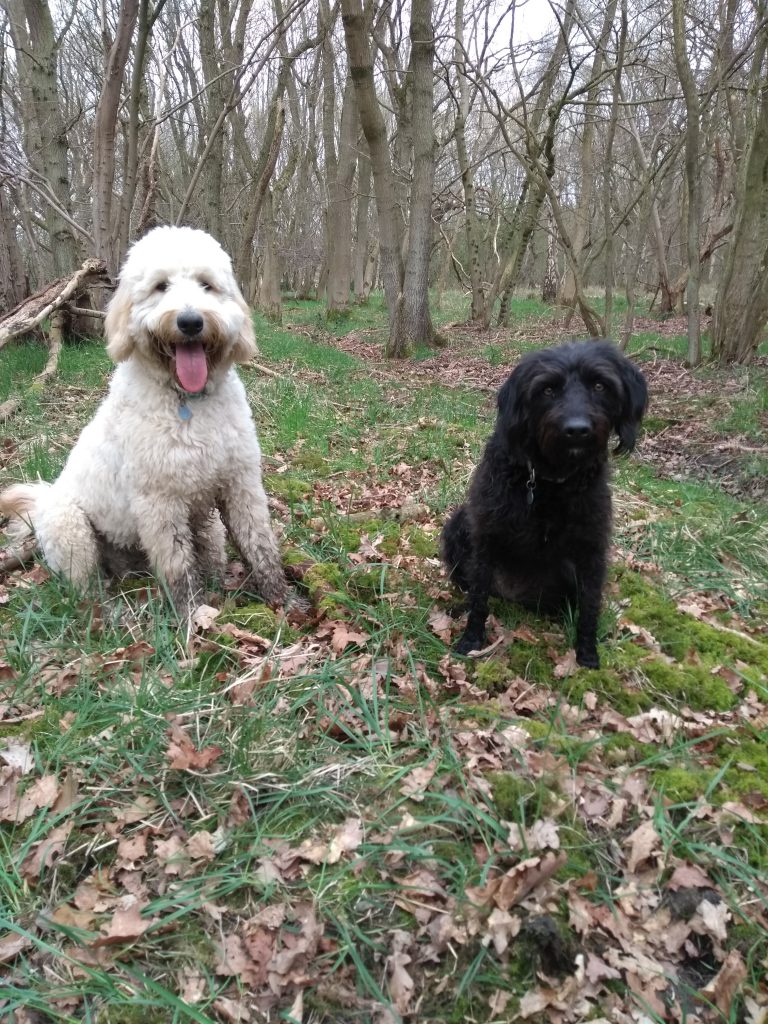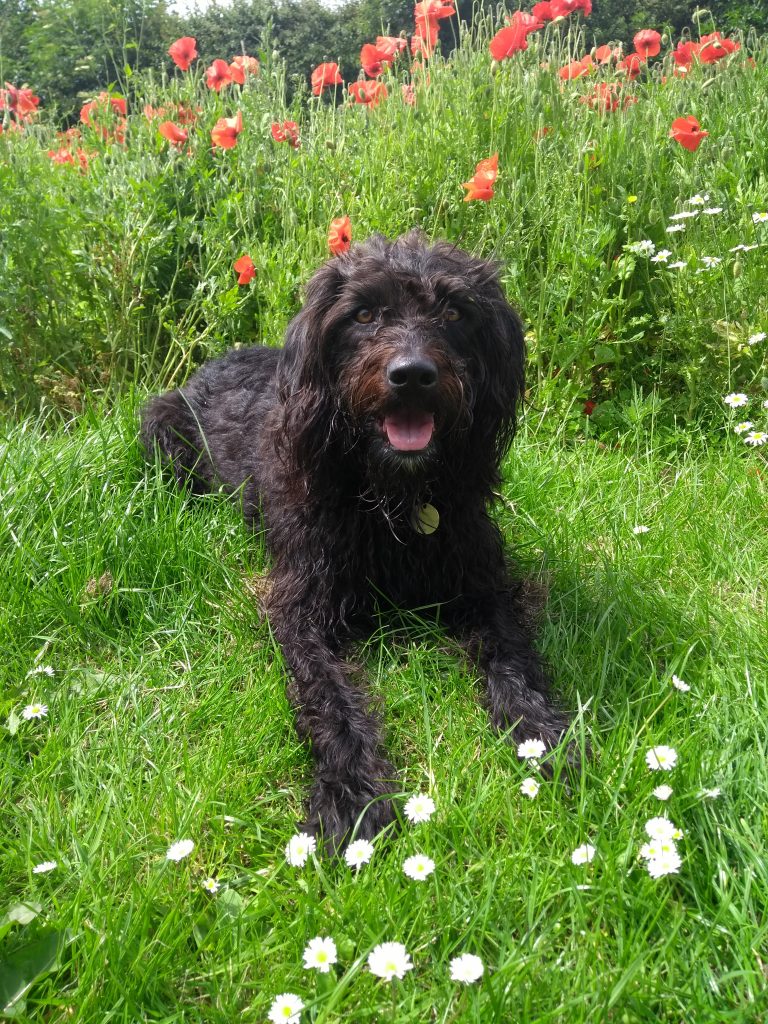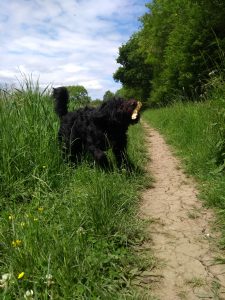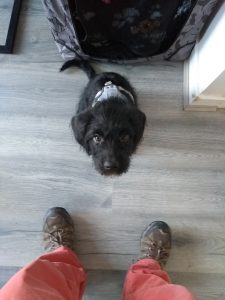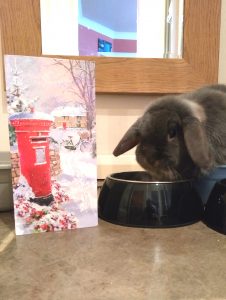
From Wolf.. to Toby
Evolution of Man and Dog
Enlightened evolutionary thinking puts behaviour as the driving force that changes the relationship of a species with its environment. What then follows is an evolutionary adaptation of anatomy to conform to this relationship. To be clear then: it is an animal’s ability to change its behaviour that determines whether or not it lives or dies in an ever changing world. So, have you ever wondered how the dog became a pet?
Anatomically modern humans, Homo Sapiens, began speciation from other archaic forms, in Africa around 300,000 years ago. (Schlebusch et al 2017). From that era forward, slowly at first, we began the migration that would eventually see us colonise almost every part of the globe. However, we were not the first on the move and it is likely that we met, mated with and eventually supplanted earlier forms of hominin along the way.
First Canids
The first canids probably evolved around 6 million years ago from the ‘borophagine’, a large, scavenging, hyena-like mammal. These first evolved canids were lighter on their feet and more intelligent than their borophagine ancestors and out-competed them to extinction. Early successful canids then spread around the world and split into many types. One such type gave rise to wolves and jackals, (Bradshaw J. 2011).
Evidence of the emergence of the Gray wolf, first appears about 500,000 to 300,000 years ago, (Sotnikova M. 2010). There is evidence of bones of wolves associated with archaeological sites dating back as far as 400,000 years, (Boxgrove, Kent, England). Importantly, it is thought likely that the hunting grounds of species of early wolf and archaic hominin overlapped. At this stage however, there is no evidence of social interaction between the two, (Serpell J. 2017).
Early ‘Flight’ Response
Observers of modern wild wolves report on their highly atuned flight response. Flight response can be broken into two distinct parts followed by a third ‘corrective’ action. Firstly, wolves are innately very nervous in the presence of humans, unable to tolerate much human proximity before the flight response takes over and they run off. Secondly they are likely to continue their flight much farther than is necessary for their own safety. Finally, once the perceived human threat has moved on, wolves are slow to return to the location where the encounter took place. (Coppinger R. & Coppinger L. 2001).
As early migrating humans learned how to work together to bring down larger prey, despite being nomadic they would naturally have settled periodically in good hunting grounds to exploit them before moving on. In such scenarios they would likely be competing for prey similar to that of their wolf counterparts. It is a mistake to think that wolves are genetically bound to coalesce in packs. In adverse conditions, maybe a lack of large prey caused by human over-hunting (?), a wolf pack might disperse in favour of hunting individually for smaller animals.
Camp Followers
Under such adverse conditions the ‘leavings’ of a recently moved on human encampment may have offered our paleolithic wolf a foothold in its struggle between life and death. If this was the case and some wolves took up this option, they created a mortality differential between themselves and those who stayed away from the camps. An engaging example of differential mortalities can be seen in the Coppingers’ studies of village dogs, (Coppinger R. & Coppinger L. 2001). Wolves, like dogs, are remarkably cooperative and sophisticatedly exploitative of niche opportunities when they arise, (Budiansky S. 2000). Here then is a hint that the behaviours of an ancient wolf population are beginning to diversify.
Now we must speculate on the possible evolutionary path from wolf to dog. Despite, or more probably ‘because of’ the vast and growing volume of data from archaeological, archaeozoological, ethnological, genetic, chromosomal and mitochondrial studies, we do not have a definitive answer as to when or how the divergence occurred.
Population bottlenecks, extinction events, interbreeding, introgressions, admixtures, evolutionary cul-de-sacs and migrations combine to serve us with a most confusing map. It is difficult to know whose theories to follow.
An Analogy
So instead, try to picture this: A twig falls from the branch of a tree at the source of the Amazon River, this is the old gray wolf with its 78 chromosomes, (39 pairs), as it begins to latch onto the new niche opportunity presented by migrating hominims, say 100,000 years ago, (give or take a pinch of salt). Now somehow, without getting trapped against a rock or snagged in weed, our twig makes its way down one of the longest rivers in the world. Following the path of least resistance, it negotiates the sprawling options of the Amazon River Delta until it finally arrives, bashed about a bit, at the Atlantic – the Epipaleolithic era – but now in its new form it is a village dog with its lazy ways and its own brand new set of 78 chromosomes. (See illustration: Bradshaw J. 2011, p27.)
Maybe the twig broke in two and only part of it made it to the delta [some evidence points to an extinction of the original gray wolf haplotype, (haplotype: gene variant group)], which gave rise to our early divergent camp followers, (Wikipedia 2019). We might speculate that the wolves who exploited this niche opportunity – by scavenging from newly deserted human camps, clung onto life while, in a demonstration of evolutionary differential mortality, their erstwhile family members failed to thrive and died out.
Wolves Are Bright..
Wolves are much quicker learners than dogs. Indeed, to survive under difficult evolutionary pressures, they need to be on the ball and they are adaptive in both an evolutionary and developmental sense. Behaviour is a synergy of genetic nature and environment – this has been characterised as: ‘nature multiplied by nurture’, (Coppinger R. & Coppinger L. 2001). Wolves that survive and even thrive sufficiently successfully to rear offspring will teach their learned survival skills to the next generation. So it would have been with our speculative camp followers. And as humans multiplied and formed larger groups so too did the opportunities for wolves to express their newly acquired commensal niche behaviours.
But it takes a long time..
..for a twig to travel the Amazon – and things changed slowly in the olden days..
Over millennia natural variations in these divergent wolf populations selected for animals whose flight response to humans was lessened. A less intense flight response used up fewer calories and allowed earlier access to and therefore more time at the dumps of these migrant human encampments, (Coppinger R. & Coppinger L. 2001). Now we have an evolutionary selection path for wolves living in closer proximity to humans.
As I indicated in the first paragraph: Once selective behavioural changes have adapted an animal to its new environment, selective anatomical changes will surely follow. In their new niche as scavengers, smaller, less nervous specimens who expend less energy become naturally selected for because they now have a survival advantage over their bigger, cleverer, calory-expensive, large-prey hunting cousins. So here we begin to observe the changing morphology of wolf into proto or incipient dog.
This smaller species, ever increasingly isolated from its ancestral cousin loses not only its heightened fear of humans but also much of its instinct to hunt. (Indeed, a strong instinct to hunt would cause it a severe disadvantage at the dump of a human encampment, (Semyonova A. 2009). Without the need to hunt there is little point in retaining an expensive, large intelligent brain and their cranial length became shortened. Teeth became crowded into smaller, less powerful jaws, (Serpell J. 2017).
DNA & Fossil Evidence
At some point after 45,000 years ago the DNA picture becomes somewhat clearer again. Now that their progenitor direct ancestor is long extinct, proto-dogs form a sister wolf-like clade, divergent from the Gray wolf, (Serpell J. 2017).
Another 20,000 years or so pass before incipient domestication. This is indicated by evidence of modern village-dog-like featured remains at excavated cave sites dated at around 26,000 to 20,000 years ago, i.e. before the Last Glacial Maximum, (Serpell J. 2017).
By the time of the lower Natufian, an Epipaleolithic culture in the Levant, with the discovery at Ain Mallaha c.12,000 years ago, fossil evidence makes it obvious that dogs have now fully inveigled themselves within human society. The Natufian is important because it describes the transition from a nomadic way of life for humankind to the first known agricultural settlements, (Davis S. 1978). Note: Coppinger later puts the date of these settlements at 15,000 years ago, (Coppinger R. & Coppinger L. 2001).
Village Dogs
The Coppingers’ descriptions of village dogs in modern, (pseudo-Mesolithic) settings, are animals all of a small stature, unafraid although somewhat wary of human contact, who scavenge and beg for what they can get, (cleaning up the village waste). They paint a picture something like that which the Natufians experienced. When at one point, during their travels to study village dogs of the world, the Coppingers suggest to a local on the island of Pemba that he might pat the nearby village dog, they realise with a shock that what they were asking was almost akin to suggesting to a Londoner in Trafalgar Square that they pat the head of a pigeon! (Not quite how the dog became a pet!)
This might well have been the end of the story of the possible evolutionary route to domestication of the dog. However, there’s just one more modern yet ancient twist to the story. I want to roll back a bit to the nomadic hunter-gatherers we talked about earlier. To do that, I am going to send us once again, to the Amazon Basin.
Migration
Following one human migratory route, it is thought that proto-dogs probably followed Paleoindians into temperate North America. From there they migrated into South America. However, there is little remaining archaeozoological evidence of their geographic distribution in the Lowland Neotropics because of the notoriously poor preservation of bones in Neotropical rainforest settings. (Koster J. 2009). It is likely however that post Columbian (1492 onwards), dogs imported from Europe interbred accidentally or by design with these earlier American canis populations, leaving no clear ancestral lineage, (Serpell J. 2017).
And here, in our modern-day world we have it: Among the recently contacted semi-nomadic, indiginous Amazonian Awá-Guajá hunter-gatherer people, we come across not village dogs, lazily scavenging for what we throw away but tribally domesticated animals who play a key part in the various hunting methods of their human companions. Dogs here are crucial to hunting success and thus the survival of the tribe. In terms of return rates (kg hunted/time spent), the use of hunting dogs in combination with firearms yields by far the best results for the hunter-gatherer Awá, (Forline L. C. et al 2012).
Bradshaw’s Alternative
Bradshaw, (Bradshaw J. 2011), postulates, using as an example the same Awá-Guajá people, that early hunter-gatherers may also have kept pets for pleasure and status. (Awá-Guajá women adopt the young offspring of monkeys killed during hunting expeditions.) He suggests that some prehistoric wolves may have been much less wary of humans than their more recent persecuted descendants. As such, their litters were more available to humans for adoption as pets. It is from these early adoptions he suggests, that possible domestication progressed.
I find this Bradshaw view less convincing than the arguments of Coppinger and others, not least because taming and then breeding for tameness is a concept that our early ancestors were unlikely to have understood. And unfortunately, Bradshaw uses the Dimitri Belayaev fox taming experiment to back up his argument, (Belayaev D.). However, this does not alter the fact that some ancestors to our modern dogs were predisposed to living in ever increasing proximity to humans.
So Finally..
Through thick and thin across millennia, dogs chose us. Now you know how the dog became a pet: They followed on behind, clearing up our mess. They garnered the courage to scavenge and live with us in ever closer, commensal proximity. They domesticated themselves. Finally, we learned that we could exploit their trust and engage them in a symbiotic relationship, working together to assist each other in our struggles to survive the ruthless vagaries of nature.
References for article: How the Dog Became a Pet
Belayaev D. video 2013, Fox taming experiment, with Coppinger R: narration (link checked Mar 2019)
https://www.youtube.com/watch?v=0jFGNQScRNY
Bradshaw J. 2011, In Defence of Dogs, Where Dogs Came From, How Wolves Became Dogs
Budiansky S. 2000, The Truth About Dogs, Introduction
Coppinger R. & Coppinger L. 2001, Dogs, Natural Breeds, Introduction, Wolves Evolve into Dogs, Village Dogs
Davis S. [7 December] 1978, Nature, Evidence for domestication of the dog 12,000 years ago in the Natufian of Israel (link checked Feb 2019)
https://www.researchgate.net/publication/232793024_Evidence_for_domestication_of_the_dog_12000_years_ago_in_the_Natufian_of_Israel
Forline L. C. et al 2012, Hunting practices among the Awá-Guajá: towards a long-term analysis of sustainability in an Amazonian indigenous community (link checked Feb 2019)
http://www.scielo.br/pdf/bgoeldi/v7n2/v7n2a10
Koster J. 2009, Hunting Dogs in the Lowland Neotropics (link checked Feb 2019)
http://webcentral.uc.edu/eProf/media/attachment/eprofmediafile_837.pdf
Schlebusch et al. [28 September] 2017, Science, Southern African ancient genomes estimate modern human divergence to 350,000 to 260,000 years ago (link checked Feb 2019)
http://science.sciencemag.org/content/358/6363/652
Semyonova A. 2009, The 100 Silliest Things People Say About Dogs, Myth 5
Serpell J. 2017, The Domestic Dog, Clutton-Brock J., 2.5, 2.3, 2.2
Serpell J. 2017, The Domestic Dog, vonHoldt B. M. & Driscoll C. A., 3.3, 3.6
Sotnikova M. [1 February] 2010, Quaternary International, Dispersal of the Canini (Mammalia, Canidae: Caninae) across Eurasia during the Late Miocene to Early Pleistocene (link checked Feb 2019)
https://www.sciencedirect.com/science/article/pii/S1040618209001712
Wikipedia 2019, Origin of the Domestic Dog (link checked Feb 2019)
https://en.wikipedia.org/wiki/Origin_of_the_domestic_dog
Further Reading: Wolf VS Dog: The Forgotten History Of Your Best Friend’s Domestication & Evolution
Finally, now that you know how the dog became a pet – or rather how your dog became your pet: for positive training and handling methods and one-on-one dog-walking visit: https://ukpets.co.uk/pet-sitting/dog-walking/.

